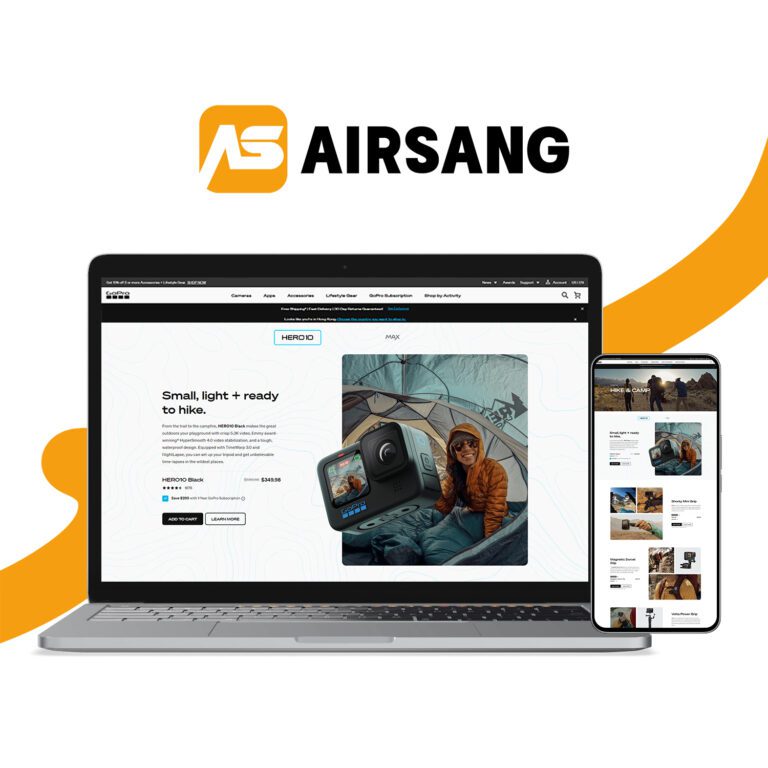WordPress Custom Fields Made Easy – Even Your Dog Could Do It
One of the most powerful customization strategies in WordPress development is the use of global custom fields. These fields allow you to add reusable data across multiple pages, templates, or post types—without duplicating effort.
In this guide, you’ll learn how to add global custom fields in WordPress using the right plugin and why it matters for performance, consistency, and scalability.
What Are Global Custom Fields in WordPress?
Defining the Concept
Global custom fields are reusable metadata fields that can be accessed across your WordPress site. Unlike local custom fields—tied to a single post or page—global fields allow you to manage shared content like:
- Company contact info
- Promo banners
- Social media handles
- Reusable disclaimers
- Custom site-wide messages
This is especially useful when building sites for clients who need editable data in multiple templates, such as footers, headers, or product notices.
Why Use a Plugin to Add Global Custom Fields?
1. Maintain Consistency
Editing one global field updates every instance of that value across your site. You don’t need to manually edit each template.
2. Improve Workflow for Clients
Clients can edit fields from the backend without touching code. Most global field plugins offer visual interfaces for easy updates.
3. Reduce Development Time
Reusable fields speed up development. You can populate templates, sidebars, or shortcodes from one field source.
Best WordPress Plugins to Add Global Custom Fields
1. Advanced Custom Fields (ACF)
ACF Pro supports Options Pages, which are ideal for global fields. You can register a global options page (e.g., “Site Settings”) and define fields like phone number, company logo, or global announcements.
Key Features
- Field groups with logic and conditions
- Integration with PHP templates using
get_field() - Options Pages for global fields
- REST API support

2. Meta Box
Meta Box also supports global fields via its MB Settings Page extension. It offers flexibility for developers and includes Gutenberg block support.
Why Choose It?
- Lightweight and performance-friendly
- Developer-centric with strong documentation
- Extendable with add-ons for relationships, frontend forms, etc.

3. Carbon Fields
Carbon Fields is a lesser-known but powerful framework for developers. You can register global settings using code, offering maximum control.
When to Use It
Ideal for developers who prefer a programmatic approach without bloated interfaces.

How to Add Global Custom Fields Using ACF Pro
Let’s walk through an example of setting up global custom fields with ACF Pro.
Step 1 – Install and Activate ACF Pro
You’ll need the Pro version of ACF for access to the Options Page feature.
Step 2 – Add Code to Enable Options Page
In your functions.php file or a site-specific plugin, add:
if( function_exists(‘acf_add_options_page’) ) {
acf_add_options_page(array(
‘page_title’ => ‘Site Settings’,
‘menu_title’ => ‘Site Settings’,
‘menu_slug’ => ‘site-settings’,
‘capability’ => ‘edit_posts’,
‘redirect’ => false
));
}
This creates a new “Site Settings” menu in your admin dashboard.
Step 3 – Create a Field Group for Global Fields
- Go to Custom Fields > Add New.
- Name your field group “Global Site Info”.
- Add fields like:
- Phone Number
- Address
- Facebook URL
- Under “Location Rules”, set:
- Options Page is equal to Site Settings
Step 4 – Display Global Fields in Templates
To show your custom field in a template, use:
<?php the_field('phone_number', 'option'); ?>
You can now use this in your header, footer, or sidebar, and changing it in “Site Settings” updates it everywhere.
Use Cases for Global Custom Fields
1. Dynamic Footers
Store global copyright text or customer service hours to ensure every page stays updated.
2. Announcement Bars
Display a promotional banner across the site that can be toggled on/off or edited from the backend.
3. Multi-Language Sites
Pair global fields with WPML or Polylang to store translated content site-wide, like disclaimers or policy text.
Advanced Features to Explore
1. JSON Sync for Version Control
ACF allows local JSON storage of field groups, enabling developers to version-control field structures with Git.
2. Headless WordPress Support
Global fields are retrievable via REST API, making them useful for headless WordPress setups using Next.js or Gatsby.
3. Conditional Logic
Use field visibility rules based on user roles, device types, or toggle states.
Comparison Table – ACF vs Meta Box vs Carbon Fields
| Feature | ACF Pro | Meta Box | Carbon Fields |
|---|---|---|---|
| Visual Field Builder | ✅ Yes | ✅ Yes | ❌ Code Only |
| Options Page Support | ✅ Yes | ✅ Yes (add-on) | ✅ Yes (via code) |
| Developer Flexibility | ⭐⭐⭐ | ⭐⭐⭐⭐ | ⭐⭐⭐⭐⭐ |
| Performance Optimization | ⭐⭐ | ⭐⭐⭐⭐ | ⭐⭐⭐⭐ |
| Learning Curve | Low | Medium | High |
| Recommended For | All Users | Devs + Power Users | Developers Only |
Conclusion: Use global fields wisely to build a smarter WordPress website
Whether you’re building a brochure site, WooCommerce store, or client dashboard, global custom fields streamline development and improve user experience. WordPress offers outstanding flexibility when paired with plugins like ACF Pro or Meta Box.
At AirsangDesign, we help businesses unlock that potential. From theme selection to custom website design, we design WordPress platforms that are scalable, maintainable, and tailored to your workflow.
















